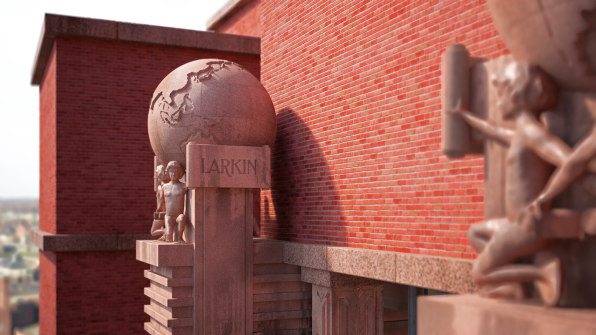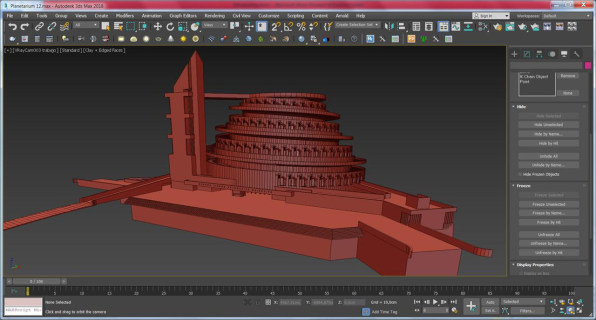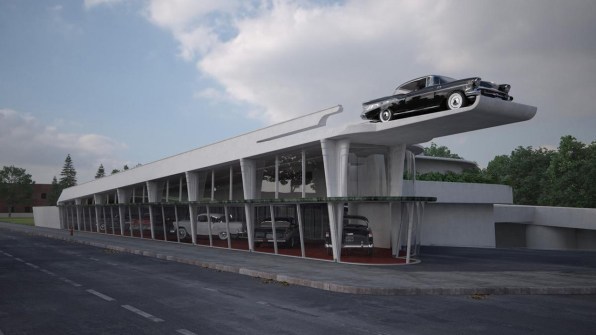Architect Studio 3d Design A House With Frank Lloyd Wright
Frank Lloyd Wright's widely admired work made him the most iconic American architect in history. But beyond well-known works like Fallingwater and the Guggenheim Museum, Wright designed more than 800 buildings that were either never constructed or were demolished. The Spanish architect David Romero set out to realize these lost designs–with 3D rendering.
Romero used AutoCad to model the buildings and 3DS Max to add textures and lights. Then, he used the rendering engine V-Ray–a favorite among architects–to obtain the final images, integrating them with the actual sites where Wright had planned to build them (or where they stood before being destroyed).
Romero told the Frank Lloyd Wright Foundation's blog, The Whirling Arrow, that selecting which projects to virtually realize wasn't easy: "I try to choose buildings that are relevant within his trajectory as an architect, but Wright was so prolific that only that criterion would leave us many buildings to choose," he said. "After that, I simply choose work that I like." That last part was important, because Romero says that each model takes several months of work–done in his free time–so he feels he has time to enjoy the process.

One of the demolished works was the impressive Larkin Administration Building, which the Wisconsin-born architect envisioned in 1903. Built for the Larkin Soap Company in Buffalo, New York, the five-story brick building was sadly demolished in 1950, after the Western Trading Corporation razed it to build a truck stop despite protests all over the country. Romero had to re-create the ornamental elements designed by sculptor Richard Bock from scratch.

Another impressive building re-created by Romero is Wright's unbuilt design for the Gordon Strong Automobile Objective. Wright proposed building this impressive structure, which looks like a ziggurat from ancient Babylon, atop of Sugarloaf Mountain in Maryland in the 1920s. It was intended to function as a planetarium, restaurant, and scenic overlook, and Wright's design used a spiraling ramp that was similar to the Guggenheim Museum he would later build in New York City. In fact, that was precisely the building Romero used for reference as he transformed Wright's sketches into a virtual building.

This building appears in the Foundation's magazine, Frank Lloyd Wright Quarterly, along with other renderings of buildings like the Butterfly Wing Bridge, the Valley National Bank, and my personal favorite, the Roy Wetmore Car Repair and Showroom, which looks less like a car repair shop and more like a launch pad for 1960s-era rocket-inspired cars. See more in the slideshow above.
Architect Studio 3d Design A House With Frank Lloyd Wright
Source: https://www.fastcompany.com/90263978/see-frank-lloyd-wrights-lost-buildings-in-these-stunning-images
Posted by: walkerlonsind.blogspot.com

0 Response to "Architect Studio 3d Design A House With Frank Lloyd Wright"
Post a Comment